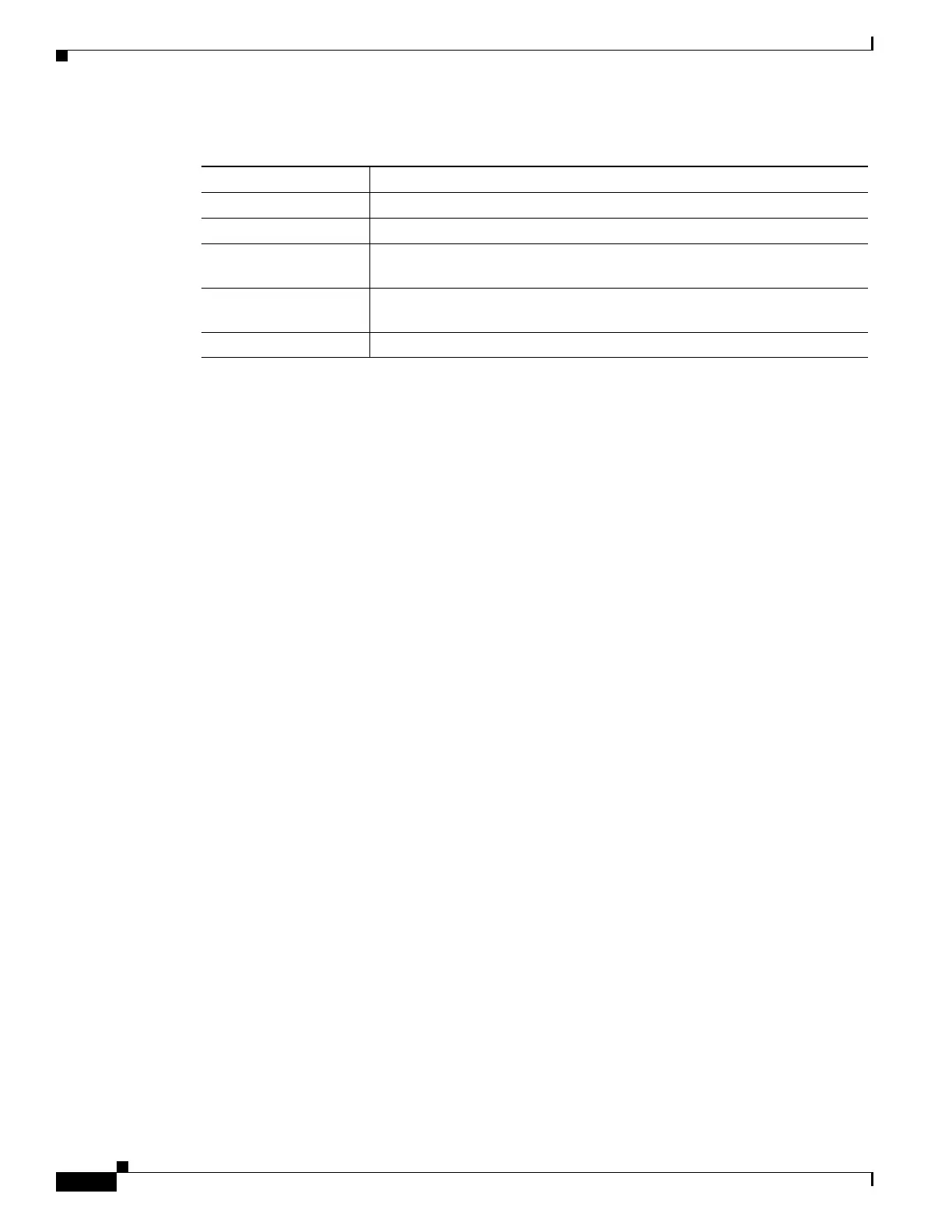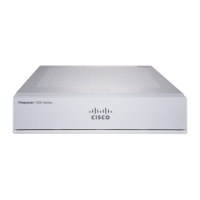1-84
Cisco ASA Series CLI Configuration Guide
Chapter 1 Configuring Connection Profiles, Group Policies, and Users
Supporting a Zone Labs Integrity Server
The following example shows how to set filtering of JAVA and ActiveX, cookies, and images for the
group policy named FirstGroup:
hostname(config)# group-policy FirstGroup attributes
hostname(config-group-policy)# webvpn
hostname(config-group-webvpn)# html-content-filter java cookies images
hostname(config-group-webvpn)#
Specifying the User Home Page
Specify a URL for the web page that displays when a user in this group logs in by using the homepage
command in group-policy webvpn configuration mode. There is no default home page.
To remove a configured home page, including a null value created by issuing the homepage none
command, enter the no form of this command. The no option allows inheritance of a value from another
group policy. To prevent inheriting a home page, enter the homepage none command.
The none keyword indicates that there is no home page for clientless SSL VPN sessions. It sets a null
value, thereby disallowing a home page and prevents inheriting an home page.
The url-string variable following the keyword value provides a URL for the home page. The string must
begin with either http:// or https://.
hostname(config-group-webvpn)# homepage {value url-string | none}
hostname(config-group-webvpn)# no homepage
hostname(config-group-webvpn)#
Configuring Auto-Signon
The auto-signon command is a single sign-on method for users of clientless SSL VPN sessions. It passes
the login credentials (username and password) to internal servers for authentication using NTLM
authentication, basic authentication, or both. Multiple auto-signon commands can be entered and are
processed according to the input order (early commands take precedence).
You can use the auto-signon feature in three modes: webvpn configuration, webvpn group configuration,
or webvpn username configuration mode. The typical precedence behavior applies where username
supersedes group, and group supersedes global. The mode you choose depends upon the desired scope
of authentication.
To disable auto-signon for a particular user to a particular server, use the no form of the command with
the original specification of IP block or URI. To disable authentication to all servers, use the no form
without arguments. The no option allows inheritance of a value from the group policy.
Table 1-6 filter Command Keywords
Keyword Meaning
cookies Removes cookies from images, providing limited ad filtering and privacy.
images Removes references to images (removes <IMG> tags).
java Removes references to Java and ActiveX (removes <EMBED>,
<APPLET>, and <OBJECT> tags).
none Indicates that there is no filtering. Sets a null value, thereby disallowing
filtering. Prevents inheriting filtering values.
scripts Removes references to scripting (removes <SCRIPT> tags).

